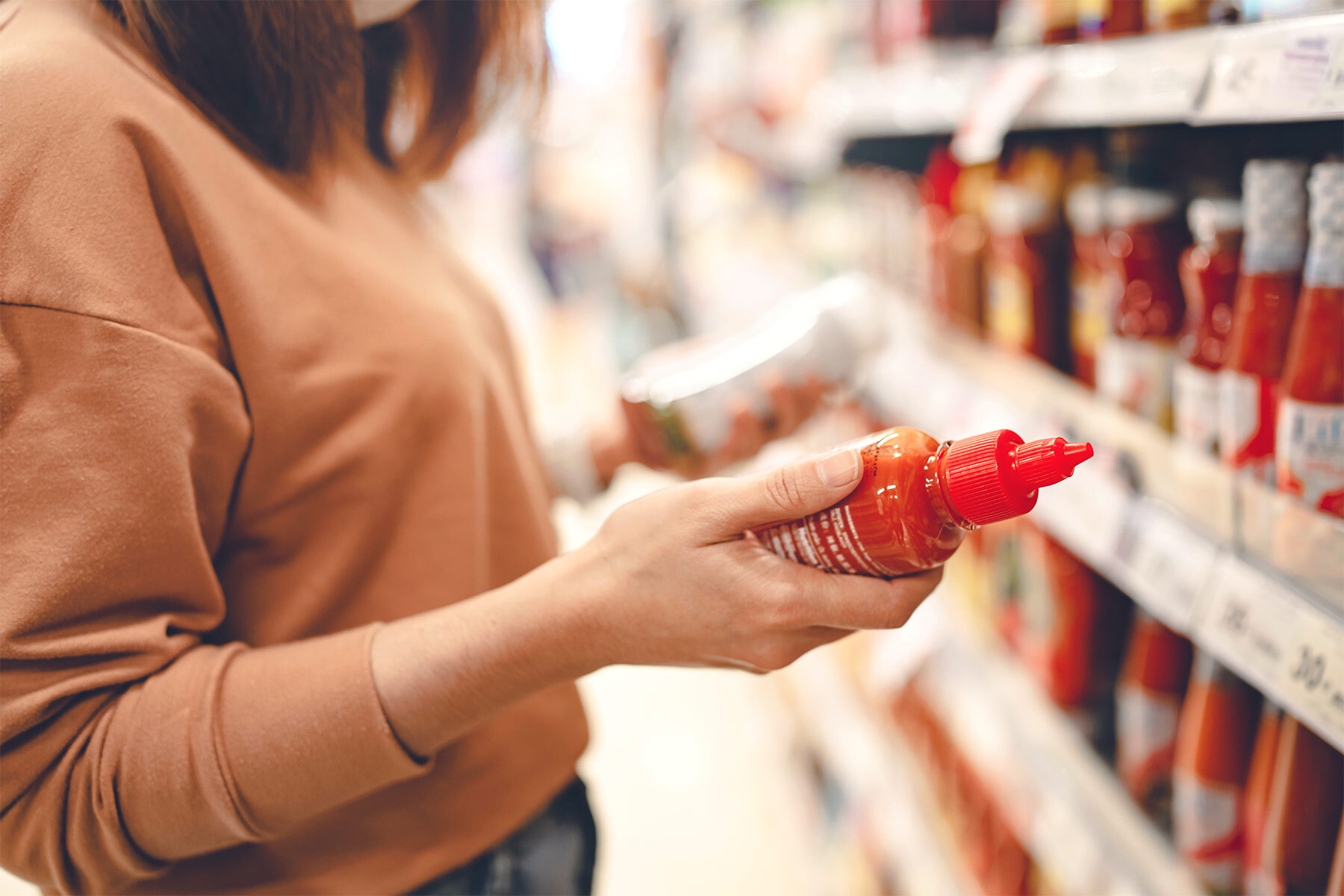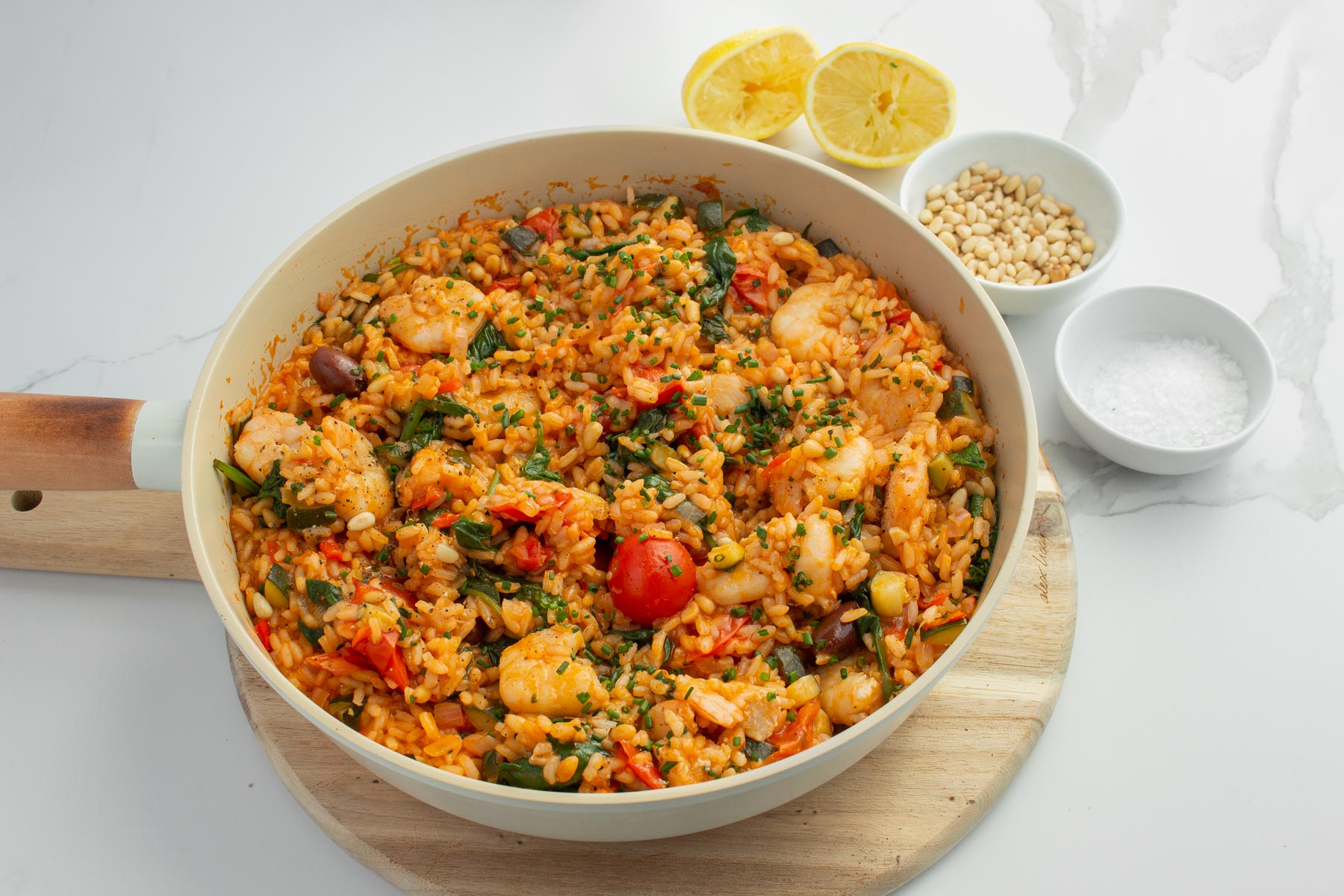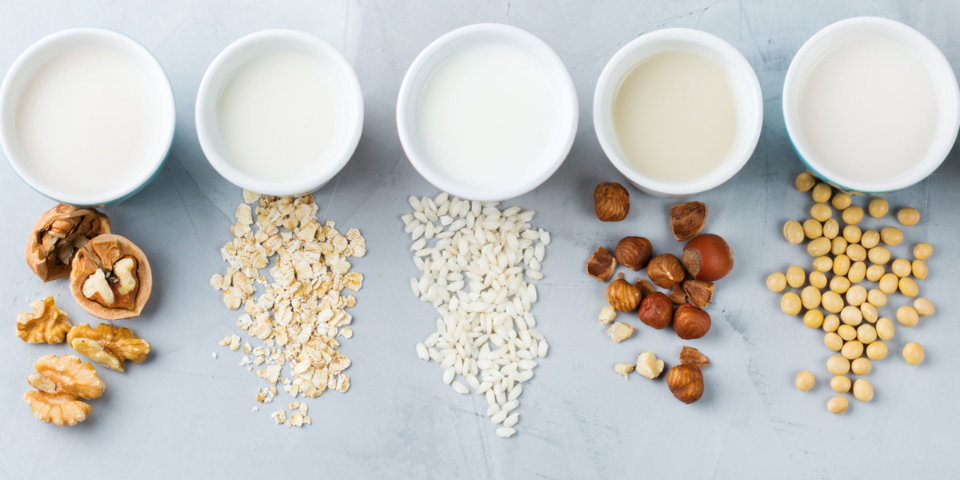The nutrition information on food labels can be a great way to make healthier choices when grocery shopping. However, the nutritional information panel can sometimes be a little overwhelming and complex, and is not always communicated as effectively as we’d like!
So, we’ve put together a guide to reading food labels, with everything you need to know to decode the information and help you understand what you’re buying and putting into your body.
A step-by-step guide
Nutritional panels generally display information on energy, serving size and quantities or daily values of macronutrients, vitamins and minerals.
When Looking at the product in front of you:
The date
Check the best before or use by date for freshness. There’s nothing worse than getting home and not being able to eat the food you were craving or cook because the important ingredient was out of date! Not worth the potential health risks.
Order of ingredients
The food product’s ingredient content appears in descending order (by weight). When the food was being manufactured, the first ingredient listed contributed the largest amount and the last ingredient listed contributed the least amount. For example, if sugar is listed as one of the first ingredients, it means the product contains a greater amount of sugar than other ingredients listed further down the list.
Serving size
This is often determined by the food business that is formulating the product and can sometimes vary. This information can be useful to approximate how much of a certain nutrient that you are consuming. For example, if you’re following a low sodium diet, use the ‘per serve’ column to work out how much sodium is in that serving of food.
Per 100g
The figures under this column are the same as percentages. So if the product contains 20g of sugar per 100g, then the product is 20% of sugar.
Sugar
We like to aim at having a product that has around 10-15g of sugar or less per 100g. Limit purchasing products with sugar being listed as one of the first ingredients. Other common names for sugar to look out for include glucose, syrup, cane sugar, corn syrup and more.
Fat
Check the saturated/trans fat content. We like to aim for less than 3-5g per 100g. Be mindful of ‘low fat’ products as this can often mean more sugar or hidden artificial sweeteners or preservatives.
Sodium/salt
The Australia and New Zealand governments recommend that adults consume around 2000mg of sodium per day. This equates to 5g or 1 tsp. There can be hidden salt in many packaged food products such as breads, cereals, snack packs, chips and roasted nuts. As a general guideline for packaged products, we aim for 250mg-300mg per 100g or less. Aim not to exceed 400 mg of sodium per 100g as this is considered high!
Hard to say ingredients
Have you heard of the ingredients before and can you pronounce them? If you can’t, it’s probably another word for sugar, or a type of preservative, sweetener, thickener or emulsifier. Check for artificial sweeteners (aspartame) and sugar alcohols. We want to aim for all natural ingredients!
Remember, sometimes it’s absolutely okay not to listen to the above guidelines and consume foods based on what you feel like enjoying – just do it mindfully and savour each bite. Balance always!
References:
Goyal R, Deshmukh N. Food label reading: Read before you eat. J Educ Health Promot. 2018;7:56. Published 2018 Apr 3.
Foodstandards.gov.au. 2021. Home. [online] Available at: <https://www.foodstandards.gov.au/Pages/default.aspx> [Accessed 16 September 2021].
Foodstandards.gov.au. 2021. Nutrition Information Panels. [online] Available at: <https://www.foodstandards.gov.au/consumer/labelling/panels/Pages/default.aspx> [Accessed 16 September 2021].



